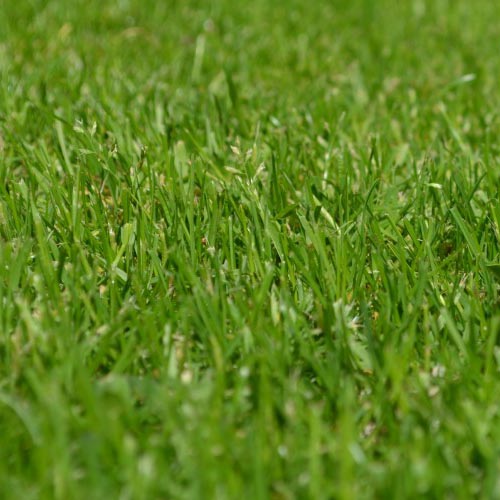Step 1. Fertilize. There is a reason why your lawn looks its best early in spring. Our climate suits the needs of quality grass very well. There is lots of moisture in the ground in spring. The soil and evening air is cool. Grass is a ‘cool season’ crop.
Fertilizer enhances the elements that occur naturally at the root zone of your lawn. Fact is, the ingredients in a quality bag of lawn fertilizer are not required to make your lawn green. Mother Nature will do that for you this time of year without any help. However, ‘quality’ is the keyword and a quality product can make a world of difference over the long haul.
Nitrogen (the first number in the analysis) is craved by your lawn more than anything each spring. If the nitrogen in your lawn fertilizer is ‘slow release’ it will green up quickly and stay that way for up to 10 weeks.
Iron provides the fastest possible green up. Look for ‘chelated’ iron as grass plants will absorb it efficiently. Not so with other ‘iron’ products. Also, look for iron that will not stain your driveway or deck. All we use on our lawn is CIL Iron Plus. It guarantees a visibly greener lawn in 72 hours or your money back. We consider it the most sophisticated lawn food on the market. Made in Canada too.
Step 2. Lawn Recovery. Snow mould, dog burn ‘spots’ (yeah female dogs!) or thin patches of grass all need attention. A lawn recovery product is applied through your lawn fertilizer spreader. It contains fertilizer and features pelletized compost and grass seed. After you spread it, the dry compost swells on contact with moisture (either rain or water that you apply) and provides a medium for the grass seed to germinate and grow. The fertilizer sustains the newly germinated grass plants for about 3 weeks, at which time you should apply a slow release lawn fertilizer.
‘Lawn recovery’ is a substitute for bags of lawn soil and grass seed. Mind you, if you would rather spread quality soil over thin patches on your lawn, apply quality grass seed, rake it smooth, step on it or roll it to bring the seed/soil in firm contact, then go for it. This method has worked for generations.
Step 3. Aerate? Not likely. Only aerate your lawn if it is compacted. Heavy foot traffic will squeeze the air out of the soil and prevent the roots of grass plants from breathing. I recommend a small hand-aerator for this job. Only use a core aerator. This will remove small plugs of soil from the compacted lawn.
Step 4. Grass seed? Applying quality grass seed to the thin patches in your lawn can really help to green it up and sustain it through the season but I emphasise ‘quality’. Remember that the pedigree of your lawn is in the bag. Buy the cheap stuff and get a cheap lawn. We use seed with ‘Surestart Xtreme’ as it germinates in 7 days and produces deeper roots than average grass seed.
The key to growing grass seed is to use soil that is weed free and contains lots of organic compost for the seed to root into and to keep it wet long enough to put a root down to sustain itself.
Satisfying long term results occur when you pay attention to lawn health at this time of year.
For more information and to answer over 10,000 gardening questions, visit www.markcullen.com and sign up for Mark and Ben’s free monthly newsletter.




